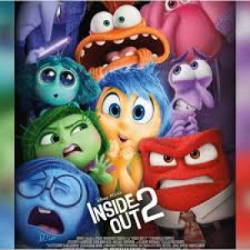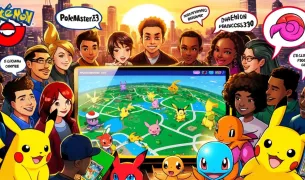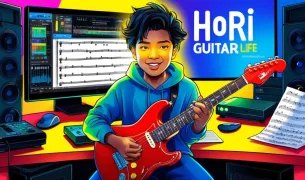Reimagining Emotions: My Journey with Inside Out 2
When I heard that Pixar was producing a sequel to "Inside Out," a movie that had already set such a high bar in exploring human emotions, my expectations were both sky-high and cautiously optimistic. Having now seen "Inside Out 2," helmed by the talented Kelsey Mann, I can confidently say that this film not only exceeded my expectations but also deepened my understanding of the complexities of teenage emotions. Here's my detailed take on this animated masterpiece.
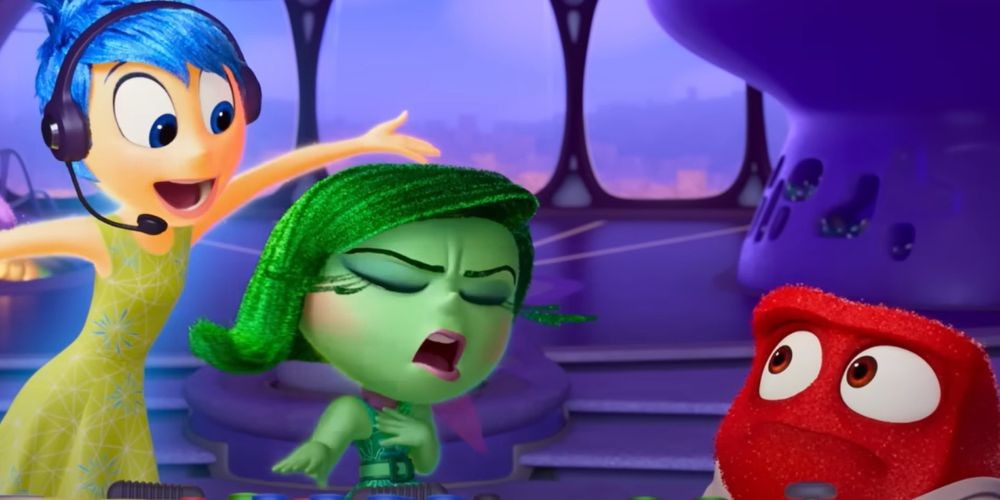
A Deeper Dive into Riley's Emotional Journey
As the title suggests, "Inside Out 2" plunges us back into the mind of Riley, who is now navigating the turbulent waters of adolescence. The most captivating aspect of the film is its nuanced portrayal of new emotions emerging in Riley's mind. Amy Poehler reprises her role as Joy, but there's a twist; she has to share the spotlight with a host of new emotional characters.
A Stellar Voice Cast
The casting is spot on. Maya Hawke's Anxiety brings a new layer of depth to the story, adding a jittery counterpoint to Joy’s perpetually upbeat demeanor. Kensington Tallman, as Riley's voice, captures the confusion and contradictions of teenage life perfectly. The ensemble cast is rounded out by talents like Tony Hale (Fear), Phyllis Smith (Sadness), and Lewis Black (Anger), who all return to deliver performances that are nothing short of iconic.
The Introduction of New Emotions
The film brilliantly incorporates new emotional states like Envy (voiced by Ayo Edebiri) and Embarrassment (voiced by Paul Walter Hauser). Each new emotion is introduced with a unique flair that enriches the narrative while keeping it relatable. The animation team did wonders in illustrating these new states of mind, offering visual cues that resonate on both a psychological and emotional level.
Animation that Speaks Volumes
Pixar's animation skills continue to impress. The vibrant and often surreal representation of Riley's mindscape perfectly encapsulates the chaos and beauty of adolescence. The expansion of the Headquarters, where Riley's emotions reside, is a visual treat. Each new chamber introduced in the sequel is meticulously crafted, giving us a comprehensive look at Riley's inner world.
Engaging Plot and Pacing
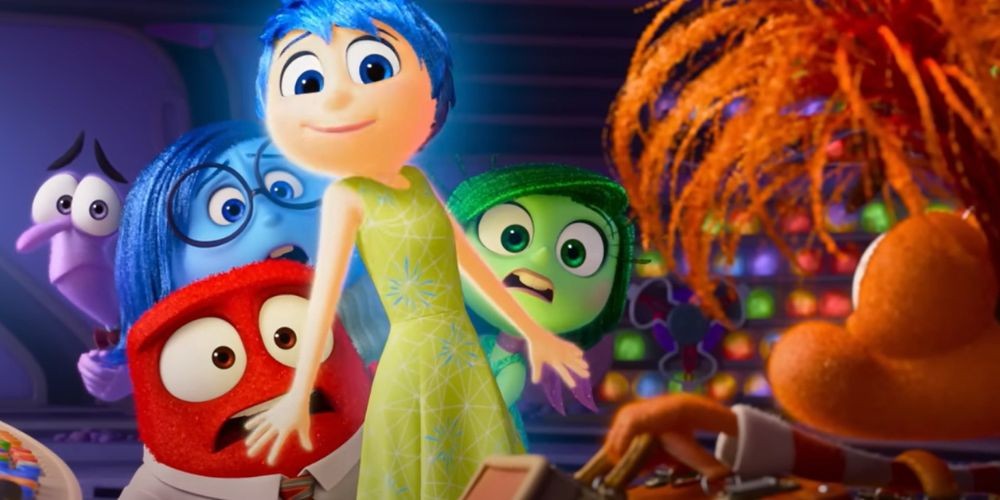
Director Kelsey Mann and writers Meg LeFauve and Dave Holstein have crafted a storyline that feels both fresh and engaging. The narrative moves briskly without feeling rushed, balancing moments of comedy, drama, and introspection. We see Riley confronting real-life challenges like peer pressure, academic stress, and identity crises—all under the purview of her interconnected emotions.
Emotional Intelligence in Storytelling
One of the film's standout features is its capability to handle complex emotions with sensitivity. Topics like mental health and emotional well-being are tackled openly and honestly, providing food for thought for both younger and older audiences. It’s a film that wears its heart on its sleeve, making it effortlessly relatable.
Memorable Musical Score
The soundtrack crafted by Michael Giacchino beautifully underscores the film's emotional peaks and valleys. It melds effortlessly with the narrative, amplifying moments where dialogue alone might not suffice. His music infuses scenes with an added dimension of emotive depth, rendering them truly memorable.
Improved and Evolved Character Dynamics
The dynamics between the emotions have evolved. Joy and Sadness, who were once constantly at odds, now share a mature relationship that showcases the film’s theme of emotional growth. The inclusion of new characters like Anxiety and Envy broadens these dynamics, making them more intricate and interesting.
A Thought-Provoking Message
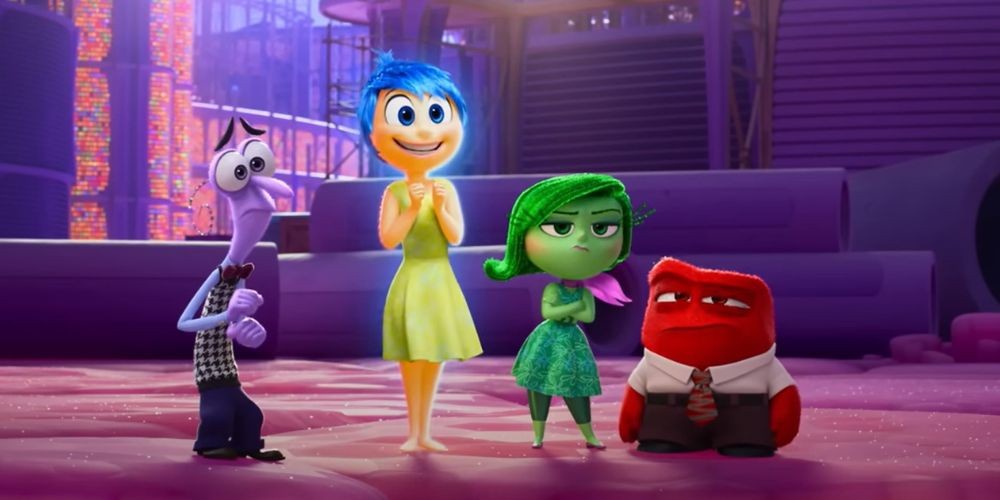
At its core, “Inside Out 2” is a message-driven film. It emphasizes the importance of emotional diversity and the necessity to accept all our emotions, even the less pleasant ones. It’s a brilliant, cinematic lesson in emotional intelligence that could serve as an educational tool for individuals of all ages.
The Humor and Charm
The film never loses its sense of humor. Numerous moments will have you bursting into laughter, courtesy of the exceptional vocal portrayals and cleverly written lines. Despite the serious undertones, the film maintains a light-hearted charm that makes it approachable for all audiences.
A Reflection on Parental Figures
The inclusion of Riley's parents, voiced by Diane Lane and Kyle MacLachlan, provides an added layer of realism and relevance. Their reactions to Riley's emotional turbulence serve as a mirror for all parents navigating the complicated phase of adolescence with their children.
An All-Encompassing Experience
“Inside Out 2” offers an all-encompassing cinematic experience. It blends visual splendor with emotional depth, making it a compelling watch. For anyone who has experienced the rollercoaster of adolescence, this film is a poignant reminder that it’s okay to feel a wide spectrum of emotions.
Seamless Integration of New and Old
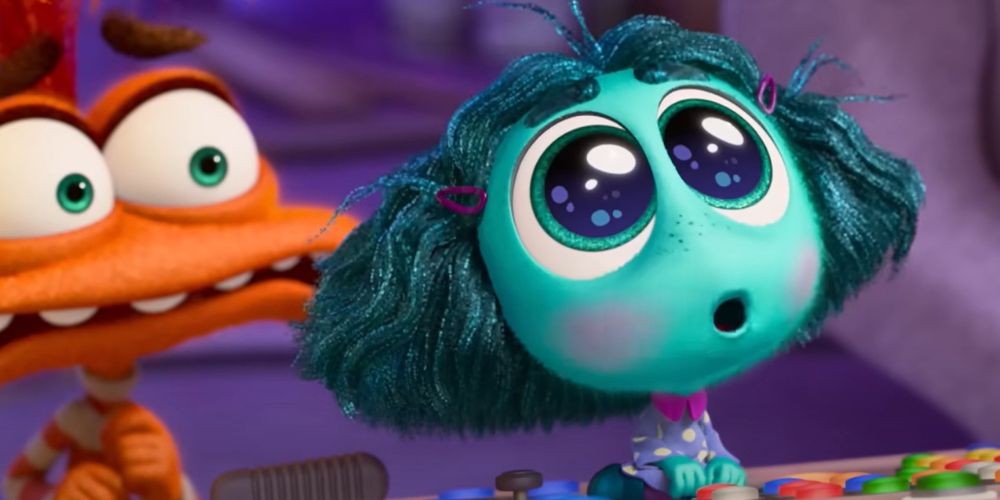
The sequel successfully introduces new elements while honoring the original. Returning characters like Bing Bong are given subtle nods, ensuring fans of the first film find nostalgic moments to cherish without overshadowing the new storyline.
Visual and Narrative Symbiosis
One of the film’s remarkable achievements is its seamless integration of visual and narrative elements. The film uses its visual storytelling to enhance and deepen the emotional narrative, making for an immersive viewing experience. The use of color, light, and design isn’t just aesthetically pleasing but serves to underline the emotional weight of each scene.
Conclusion: A Must-Watch Sequel
"Inside Out 2" is a beautifully crafted sequel that dives deeper into the emotional landscape of adolescence, offering a mix of humor, heart, and thought-provoking themes. It stands as a testament to Pixar’s unwavering commitment to quality storytelling and emotional resonance.
All in all, “Inside Out 2” is not just a sequel; it’s a cinematic experience that stands on its own, rich in layers and brimming with emotional intelligence.
Pros
- Engaging and nuanced storyline
- Stellar voice performances
- Strong emotional intelligence
- Visually stunning animation
- Memorable musical score
- Balancing humor and drama
- Introduction of new emotional characters
- Thought-provoking themes
- Realistic portrayal of teenage challenges
- Rich character dynamics.
Cons
- It may be too emotionally intense for very young viewers
- The complexity might require multiple viewings to fully appreciate.

